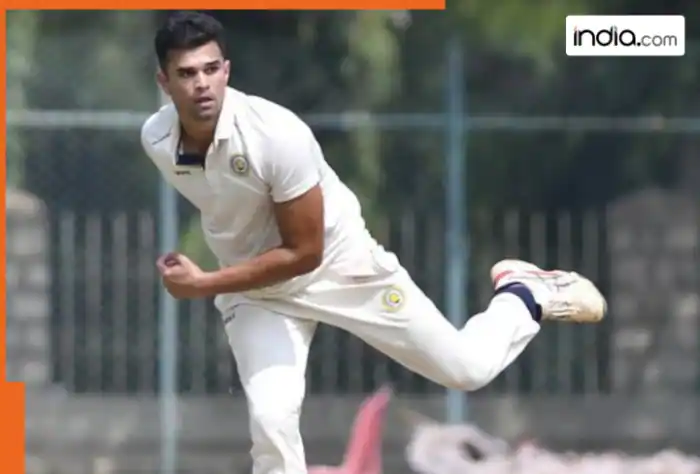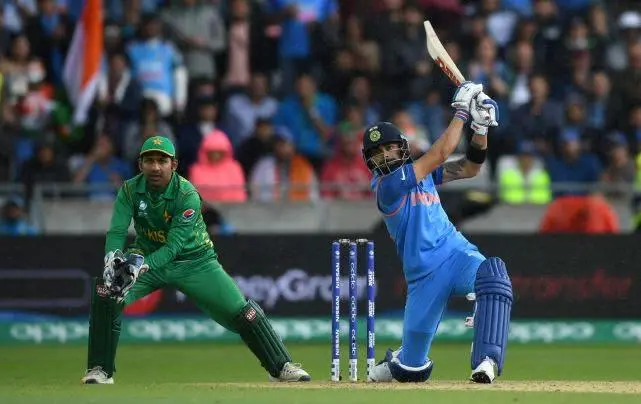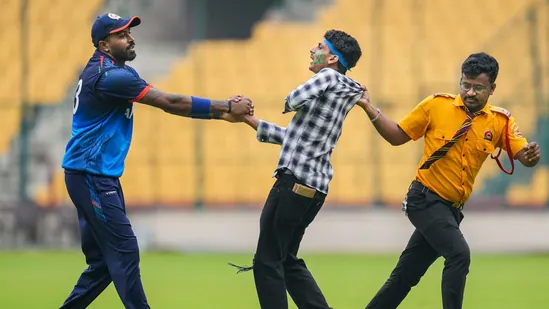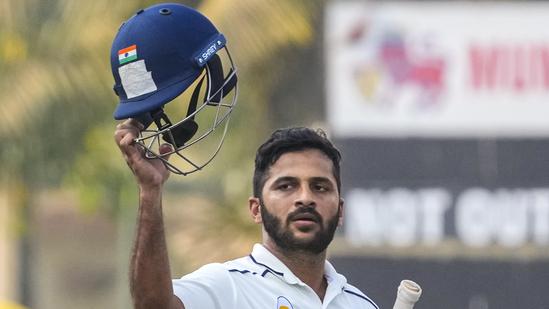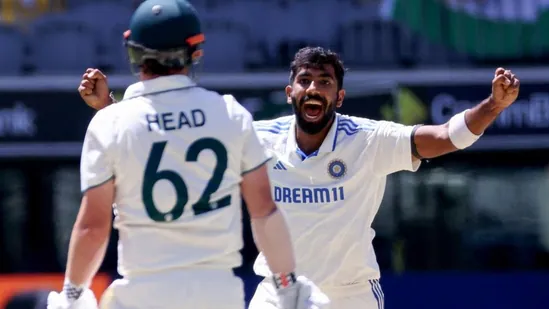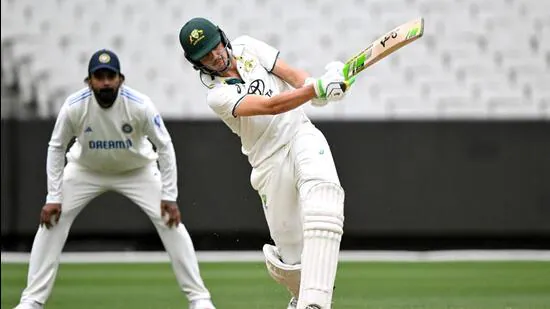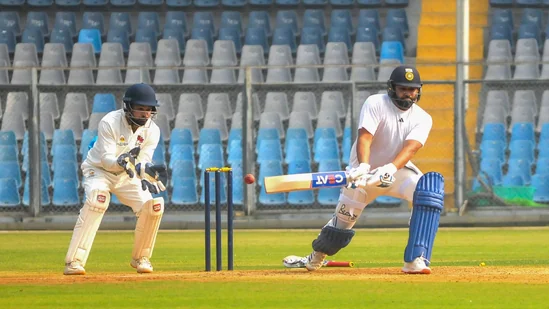Jimmy Amarnath: A Career Defined by Fearless Courage
In 1983, one of the most enduring images is of Kapil Dev standing on the Lord's balcony, lifting the World Cup trophy alongside Mohinder Amarnath, who was named Man of the Match in the crucial semi-final and final matches. Decades have passed since that iconic moment, and Kapil Dev has transformed into a living legend, a beloved public figure, and a true hero of Indian cricket. However, the same cannot be said for Jimmy Amarnath, who has seemingly faded from the public eye. He is nowhere to be found on social media, absent from news channels, and missing from the commentary box. Despite his contributions to that historic victory, Jimmy Amarnath's legacy has not been as enduring as his teammate Kapil Dev's.
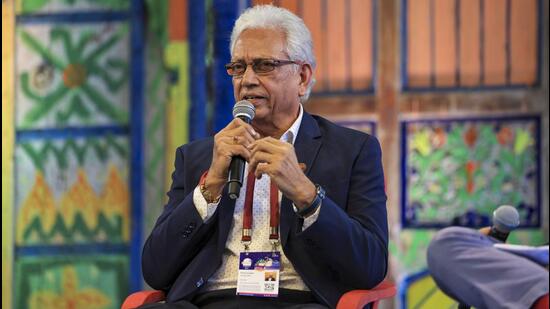
Now, 35 years since he last played for India, Jimmy has returned with Fearless, his memoir that covers his two decades in cricket. The book (written by Rajender, youngest of the three Amarnath brothers) describes the career of Jimmy and is a sharp commentary about Indian cricket before it became commercial and professional.
One thread that runs through Fearless is the huge influence of father Lala on Jimmy’s life. Lalaji wanted his children to become cricketers; life was only cricket – all else secondary, unimportant.
Fearless is also about Jimmy’s constant battle with pace bowling. It’s an apt title because Jimmy stood for courage – he made tough runs abroad (in Pakistan and the West Indies) against bowlers who were scarily quick. If Jimmy was considered the best player of pace in the world those days it wasn’t without reason.
In Pakistan he had to contend with a ball that was scuffed, bowlers who overstepped regularly and umpires whose fingers were itching to signal death. The Windies quicks were a bloodthirsty lot who bowled as many bouncers in an over as they wished.
Despite these odds Jimmy found a way to score nine of his 11 Test centuries abroad. Compare that with Rohit Sharma who has only two overseas hundreds from 12. Jimmy was raw courage. He stood up to pace and suffered serious injuries. Richard Hadlee hit him on the head, Imran injured his ribs, Jeff Thomson broke his finger, and Marshall shattered his jaw.
He explains how he did it. Partly, it was inspiration from Lalaji, an uncompromising figure who wanted him to fight. With ‘courage is my destiny’ as his motto, Jimmy drew strength from Guru Nanak (nishchay kar apni jeet) and iconic boxing movie Rocky (fight to keep alive). Jimmy made technical adjustments to play pace – open stance, getting on to the front foot and looking to be aggressive at all times.
Another interesting thread in the book is about Jimmy’s constant battle with the selectors. He played 69 Tests in 20 years with the sword hanging over his head as selectors waited for him to fall, keen to drop him at the first opportunity. Jimmy was dropped-picked-dropped and his batting order changed many times. After one nasty snub he famously called selectors ‘jokers’, which didn’t endear him to the committee. One selector though offered him a deal – of rehabilitation, if he ‘apologised’.
Jimmy’s book is interesting because of the several insights and anecdotes that dot the narrative. Those days, Indian cricket was divided – North versus West, Bombay versus Delhi. This wasn’t healthy rivalry but a toxic power game which influenced selection and made or broke careers. There are references about disagreements in the team and players having physical fights in the dressing room. Suggestions that some players were protected (batting order changed, conveniently rested to avoid playing on tough pitches) and hints that catches were dropped deliberately and back biting, distrust and disunity among players was rampant.
Jimmy recounts stories about how team manager Fatehsinghrao Gaekwad supplied whiskey to the team on a tour to Pakistan. Polly Umrigar encouraged players to drink rum to keep warm in New Zealand. Sunny Gavaskar prevented the Pakistan team from being arrested by the army after a rather wild party in Karachi. In Australia, players wanted Ravi Shastri’s Audi car to be auctioned and the money shared.
Ultimately, Fearless is more than Jimmy’s stop-start career, his heartbreaks and triumphs, his raw courage on the field and strong character away from the middle. It’s a snapshot of Indian cricket‘s yesterday, the black and white era.
Jimmy says he owes his cricket education and career to Lalaji but was punished because of his surname. Fearless would be spicier if Jimmy had taken names and called out people and players. For instance, when he mentions some players refused to play (scared of pace bowling) by feigning injuries, you want to know ‘who’. But at crucial moments, Jimmy is not telling, leaving the ball outside off-stump in a safe ‘well left’.
Fearless is the story of one of India’s greats, a toughie who battled his own insecurities, the fastest fast bowlers and insane selection. And won.
ICC Champions Trophy , ICC Champions Trophy Schedule , and Champions Trophy 2025 Points Table – stay ahead with real-time match updates, team standings, and insights. Check live cricket score , player stats, and ICC rankings of top players like Rohit Sharma and Virat Kohli . Get expert analysis, match previews, and in-depth coverage of ICC CT 2025, IPL 2025 Schedule and IPL 2025, all on HT Crickit, powered by Hindustan Times – your trusted source for cricket news. .freemium-card h4{color:#fff; padding-bottom:20px;} .freemium-card .freemium-content .subcTxt{padding-bottom:16px; color:#fff;} .freemium-card .freemium-content{width: auto; max-width: inherit;} .freemium-card .freemium-content .subcTxt{max-width:inherit; font-size:18px; padding-top:0; line-height:24px} .freemium-card .btnSubc{margin} .freemium-card .btnSubc a{background:#000; color:#fff; min-width:auto; padding:5px 15px; border-radius:6px; font-size:16px; line-height:22px; font-weight:700;} .freemium-card{height:285px} @media (max-width: 767px) { .freemium-card h4{font-size:28px} .freemium-card .freemium-content{max-width:360px; padding: 20px;} .freemium-card{height:303px; background-position: 100% 0; } }RELATED STORIES

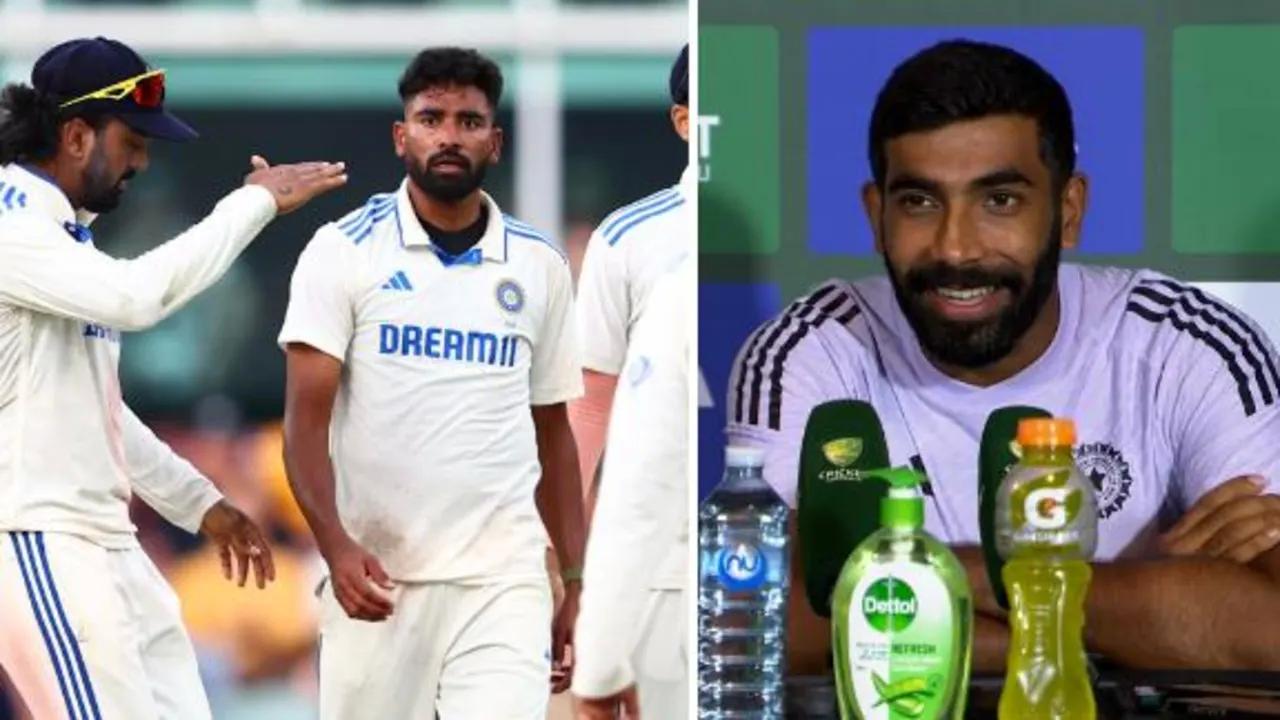

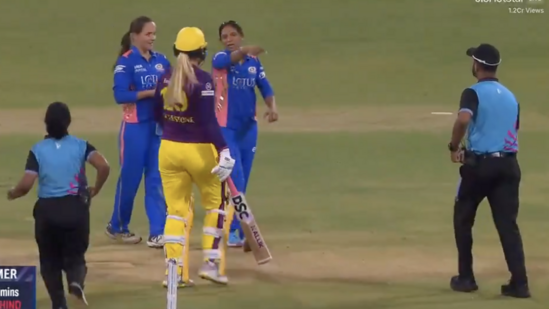
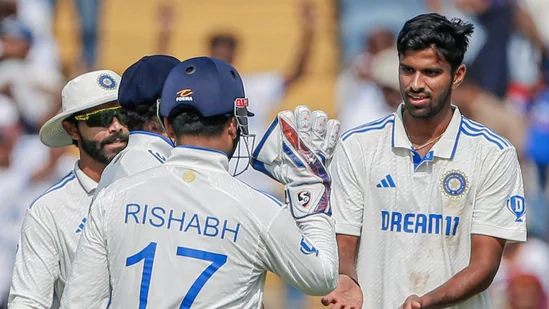
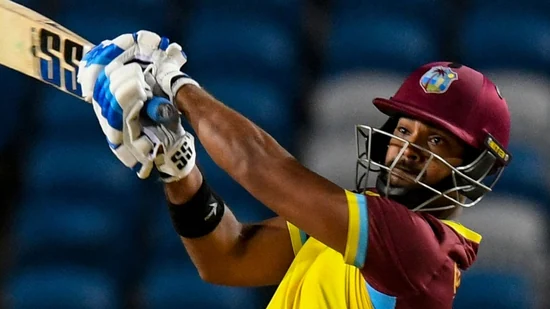
LATEST NEWS
